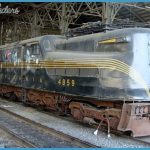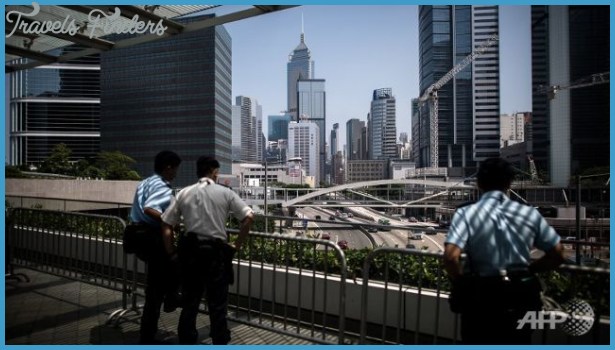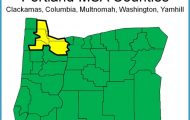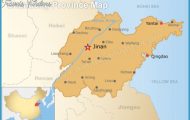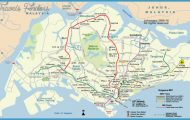After prospector and hunter Jack Baronett built his wooden toll bridge in 1871, the trip from Gardiner to Cooke City was much easier for miners (although some of them couldn’t pay the toll), as well as for park staff and visitors. Ascending along the Yellowstone River’s south side, the prospectors formerly had to make the dicult crossing somewhere near the junction. They wanted to follow the Lamar River (then called the East Fork of the Yellowstone) to reach the rich diggings near Cooke City. The bridge figured in the Nez Perce tribe’s escape from General Howard’s pursuing troops in 1877: the Nez Perce burned the bridge, delaying the troops some three hours while Chief Joseph and his people escaped up the valley of the Lamar River.
In 1880, Baronett rebuilt his bridge and continued to collect tolls until 1899, when the government finally bought the bridge. It remained here in a dilapidated state until 1905, but a steel one was built just upstream in 1903. Look south as you cross the present concrete bridge, dedicated in 1963, and you’ll see some colorful thermally altered rocks on the banks of the river. Near that spot, a worker lost his life in a tragic accident in 1939. He had been lowered into a deep pit dug to explore a possible site for a new bridge foundation, but he lost consciousness and could not be hoisted out of the pit for 20 minutes. He died of exposure to hydrogen sulfide and carbon dioxide gases. Yellowstone Jack Baronett’s bridge over the Yellowstone River.

